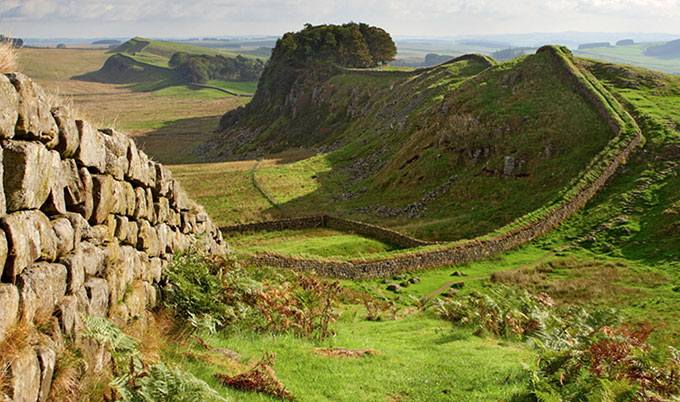UK (Newcastle University) Two Newcastle-led archaeology projects up for prestigious awards

A community project to protect Hadrian’s Wall and research that has transformed knowledge of Roman art in Britain have been shortlisted in the Current Archaeology awards 2022.
The Current Archaeology awards celebrate the projects and people judged to have made outstanding contributions to archaeology over the past 12 months.
The National Lottery-funded Hadrian’s Wall Community Archaeology Project (WallCAP) is one of eight projects in the running for Rescue Project of the Year.
Launched in 2019, the four-year project aimed to understand and address the current threats to the UNESCO World Heritage site, such as severe weather, tourism and invasive plant species, and carry out conservation activity. Another strand of the project set out to answer the question of where stones from Hadrian’s Wall had been sourced from, how they were used to construct the Wall and what happened to them after the Romans.
The project recruited more than 400 volunteers, who were then trained in specialist skills such as digital surveying and terrestrial laser scanning, as well as excavation, conservation and geological work. They carried out work at more than 30 sites, resulting in new knowledge and skills for the volunteers, as well as a deeper understanding of Hadrian’s Wall.
Some of the key findings of the WallCAP project featured in Current Archaeology in August 2022, and earlier this year work by the volunteers led to sections of Hadrian’s Wall being removed from Historic England’s Heritage at Risk Register.
Dr Rob Collins, WallCAP project manager and Lecturer in Archaeology, Newcastle University, said: “It is vital that we look after our heritage, not only for current communities but also for future generations. I am delighted that the work of the WallCAP volunteers has been recognised, and I hope as many people as possible will vote for it.”
Also shortlisted is a Newcastle University project to identify and interpret Roman sculpture, which has been nominated for Research Project of the Year.
The British Academy-funded Elusive Sculptures project combined advanced imaging techniques with more traditional detective work to examine Roman art that had otherwise eluded generations of researchers. The team, led by Professor Ian Haynes and Lindsay Allason-Jones, traversed moorland, farm buildings, churches, private gardens, rock faces and even a pig sty to locate and interpret the material.
Although many pieces have withstood centuries of exposure to the elements, they have degraded in parts. The team used cutting-edge imaging technology to recover evidence for the original appearance of the sculptures. Their findings now mean that the decades-long project, developing an authoritative reference series on Roman sculpture, the Corpus Signorum Imperii Romani, can at last be completed.
Professor Haynes said: “This has been a remarkable adventure, and we are enormously grateful to the many generous people who made it possible. Lindsay Allason-Jones’ extraordinary detective work, and the marvellous cutting-edge imaging equipment we were able to deploy have led to some amazing discoveries. The outcomes will make us all think differently about art, religion and daily life in central Britain under the Romans.”
The awards are voted for entirely by the public. To vote for both projects, visit https://archaeology.co.uk/vote. Voting closes on 1 February 2023, and the winners will be announced on 25 February as part of Current Archaeology Live! 2023.
